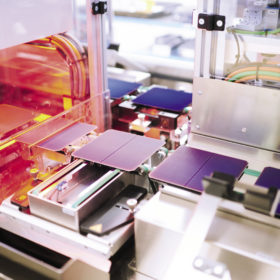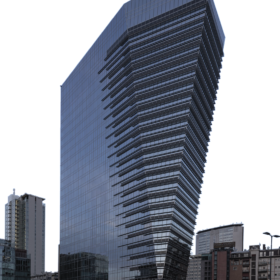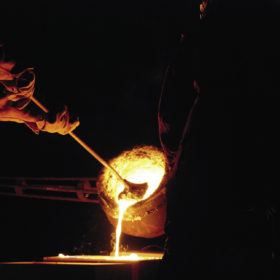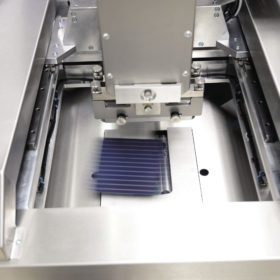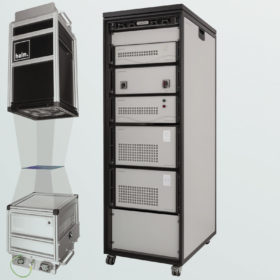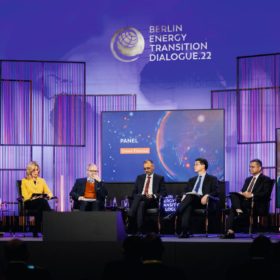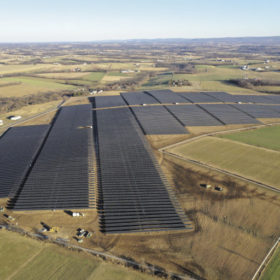Light soaking promises gains for HJT
A number of recent studies have shown the potential of a light soaking stage to improve multiple cell characteristics in heterojunction cells, and provide a significant boost in efficiency and stability. Understanding the longer-term effects on cell structure will be key to developing a cost-effective, industrially applicable process.
Location, location, location
Location is all important, as evidenced by the US Inflation Reduction Act’s inclusion of incentive adders to drive local manufacturing. While it remains to be seen whether they will work, the concept is popular. Another location dynamic in solar is the location of policymaking, as most decisions are made at the local level. Nowhere is this more pronounced than in California.
Flexibility on the line
With an uptick in interest from the building materials industry, manufacturers are preparing to meet demand for new products in the building-integrated PV segment. And with expectations for products to fit a range of sizes, shapes and even colors, production lines will need to be highly flexible in meeting the demands of architects and building owners. pv magazine spoke with several solar equipment suppliers to see how they are adapting tools and processes to serve a growing market.
Gigawatt-level increments
In recent years, Longi has turned its attention to green hydrogen. Li Zhenguo, company founder and CEO, speaks with Vincent Shaw in Shanghai about the strategic shift and how coupling this technology with solar PV will be key to achieving carbon neutrality.
Silver lining
High-efficiency PV cells need more silver, and in a time of war in Europe, the price is heading up. While past reductions in silver consumption have resulted in falling cell production costs, the dawn of n-type requires a new emphasis on spending silver pennies wisely.
‘Throughput has always been the key factor’
The increasing size and sophistication of PV cell and module manufacturing places big requirements on providers of inline flash testing equipment, from ever-expanding throughput expectations to the ability to measure a growing range of solar cell characteristics. pv magazine recently spoke with Stefan Dauwe, director products and projects at German flashing equipment supplier halm, for an update on the state of the art in inline testing.
pv magazine test: March 2022 results
We are pleased to present the latest batch of energy yield results from the outdoor test field in Xi’an, China, with additional analysis from George Touloupas, senior director of technology and quality at CEA.
Diversity, demand blooms, supply crunch looms
A review of the German distributed battery energy storage market reveals healthy demand, a growing portfolio of products, and the ability to readily couple devices within homes and businesses. Cornelia Lichener, from pv magazine Germany, has compiled the “2022 Storage for Home and Small Business” market overview. Consumer demand is high, but component bottlenecks are constraining supply, she reports in the first part of her analysis.
Traffic lights for sustainable finance
The European Union developed its sustainable finance taxonomy to provide investors, companies and policymakers with a classification system for green economic activities. Its goal is to scale up the flow of investment into initiatives that will substantially help the bloc to reach climate neutrality by 2050, reports Beatriz Santos.
Polish PV feels impact of war in Ukraine
It appeared that 2022 would be another impressive year for PV investment in Poland. However, Russian aggression in Ukraine has been a game-changer. Unprecedented price increases, uncertainty in financial markets regarding investment in a “frontline” country, and more serious material and labor availability issues than during the pandemic have conspired to darken the mood. Piotr Mrowiec of Rödl & Partner examines the tools available to investors and contractors developing PV projects in Poland, to ensure that they do not suffer losses on their investments.
